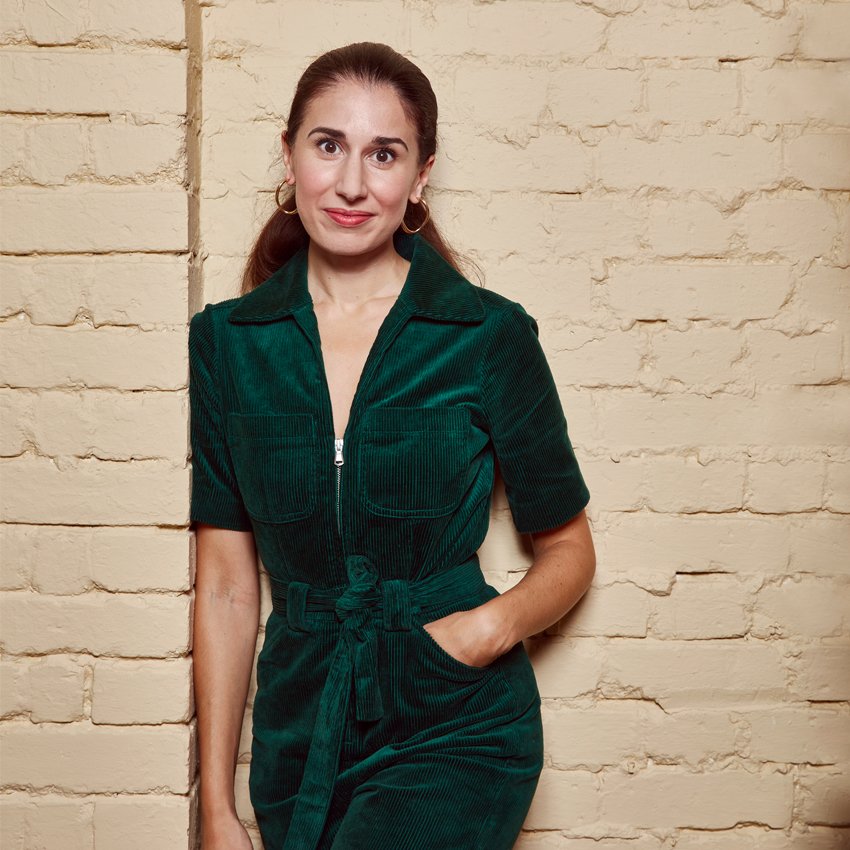How should logos and colour palettes be used in an office space?
The MVF brand is displayed proudly but not overwhelmingly on their reception desk whilst brand colours have been adapted and used throughout the space
The office environment serves as a tangible expression of the brand and company values. By creating an environment that reflects these elements, you can strengthen brand identity, engage employees, leave a positive impression on clients, and differentiate yourself in the marketplace. But does that mean the interior palette should consist of the exact brand pantones and should the brand logo be the biggest and brightest thing you see on your way in?
A lot of hard work and experience has generally gone into creating brand colours and palettes that distinguish a brand from others in the marketplace. Huge consideration has been given to the fact that it could be fighting against a lot of other communication in order to be seen. That often results in very bold, high contrast colours and palettes. These are brilliant for banner ads, capturing attention from across a street or cues to navigate a website but not ideal for an entire space that individuals will spend long periods of time in.
There have been trends (especially early 2000s) where brand colours have been applied in great swathes across office walls. They are very strong and dramatic. It makes an impact but when you’re looking to create an environment that fosters communication, collaboration, focus or any other activities that will be productive for working, they aren’t often the colours that support these behaviours (neither, by the way, are stark white walls with high contrast lighting).
It doesn’t mean that brand colours shouldn’t be used in a space, they absolutely should be, it’s still a really good visual tool for brand consistency and reinforcement - you definitely couldn’t imagine Coca Cola’s office without expecting Red (specifically Pantone 484). The right balance needs to be struck of how and when they are appropriate.
This could be by using the brand colours as accents rather than main colours within the space. A cheeky nod with a bright orange pouffe in a lounge zone, an accessory on a shelf in just the right shade of blue, meeting room names written in the correct purple perhaps. Wayfinding and signage are great vehicles for the brand colours and fonts.
Coca Cola office Atlanta reception only features their signature red on a vintage truck in the background of the reception space
At MVF we took brand colours but muted them down which still operate in a palette reflective of the brand but suitable to a conducive and collaborative workspace
Another tried and tested method is to take the brand colours and translate them into softer colours or textures, that way they are still referenced but not overpowering. A bright orange in an office space could become a tan leather or a bright pink can be muted down to an earthy salmon. Brand guardians do need some convincing here because they are so used to having to ensure that the brand remains true in other pieces of communication. But, when you are creating an environment that people spend a lot of time in, you have to consider their comfort and take advantage of the captive audience - the brand consistency is still apparent but made more effective for an interior setting.
Feature walls and murals are often seen in reception areas or key spaces that might be set away from areas that individuals spend lots of time in. They can be really effective but here it is also worth considering what the extremely loud colours and patterns might also be communicating to a visitor or how this might be subconsciously taken into someone getting in very early for work. What other values are you trying to communicate? Warm? Supportive? A sense of care and wellbeing? Sophisticated?
Remember that in an office setting, the brand itself isn’t fighting for attention. People are through the door and they should have seen a sign on the way in telling them where they are. The office itself is a great opportunity to communicate company values in an interesting experiential way.
There isn’t one rigid way to adopt brand colours in the office environment but the key is to really question what you need to achieve in the space and see if a balance is being served.
The most powerful and supportive way to communicate the brand in the space is to ensure that the branding is present but the space itself is imbued with the brand values, physically manifested within the space. If that sounds intriguing, then please read this blog!
Author: Nadia Themistocleous, Lead Interior Designer
Nadia has worked with Trifle* since 2016 and has been the interior lead for some of our most ambitious projects to date including MVF, BenchSci and TriliTech. Prior to Trifle* and managing her own interior design company, she worked for a decade in advertising and the music industry creating and executing creative campaigns and events. She is passionate about translating our client’s culture, identity or ways of working into the spaces they inhabit ensuring that every space created for our clients is as unique as their business or home is.




